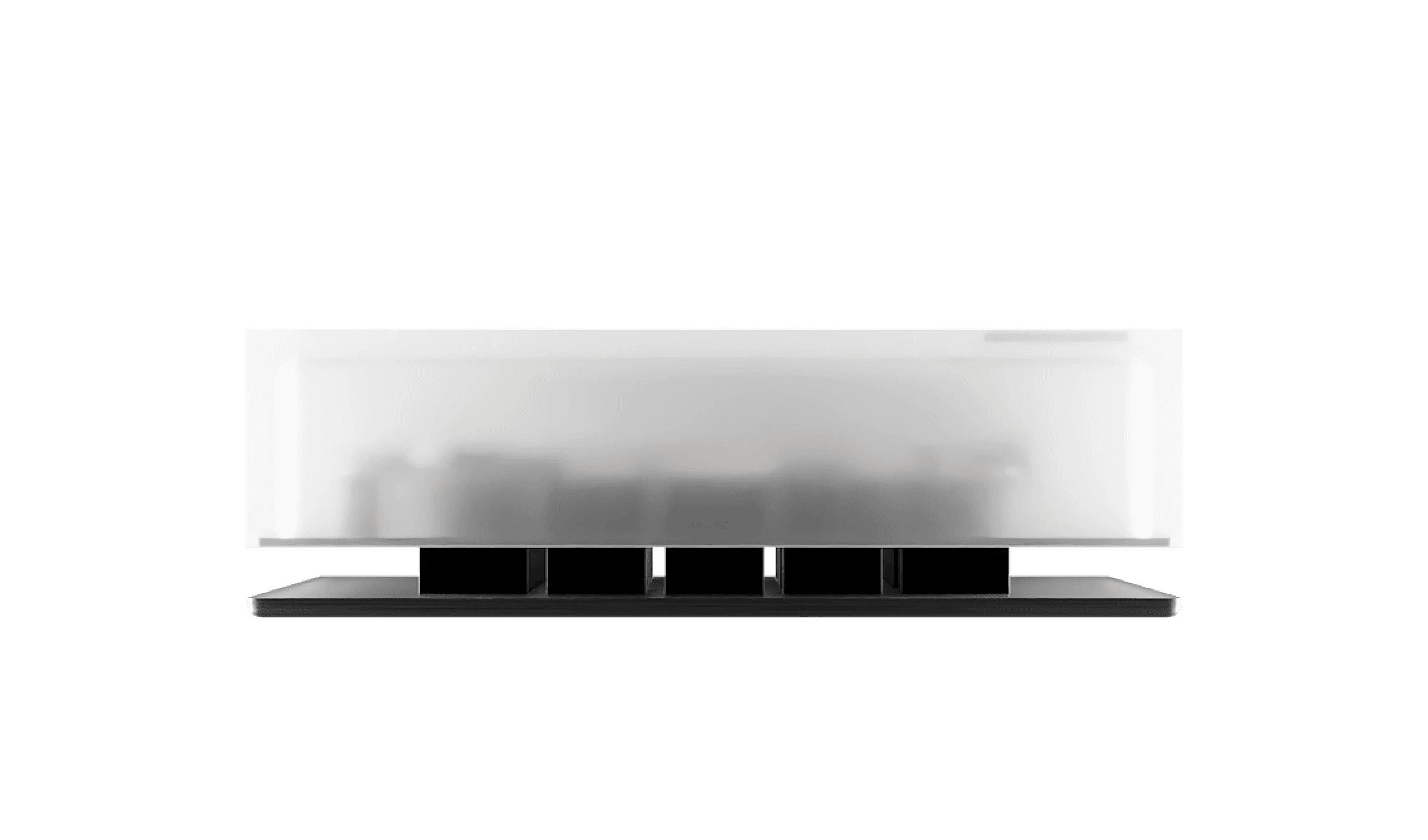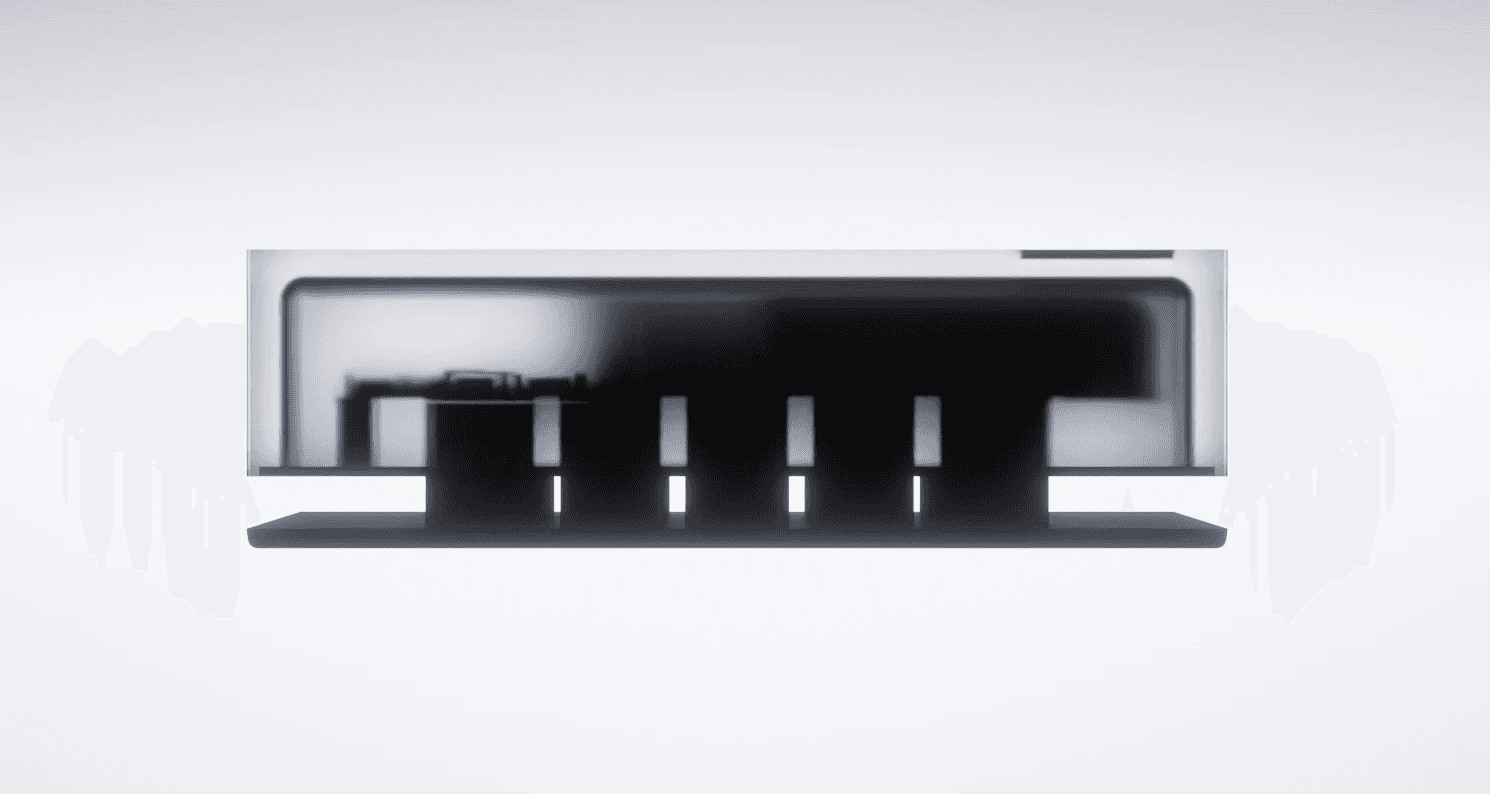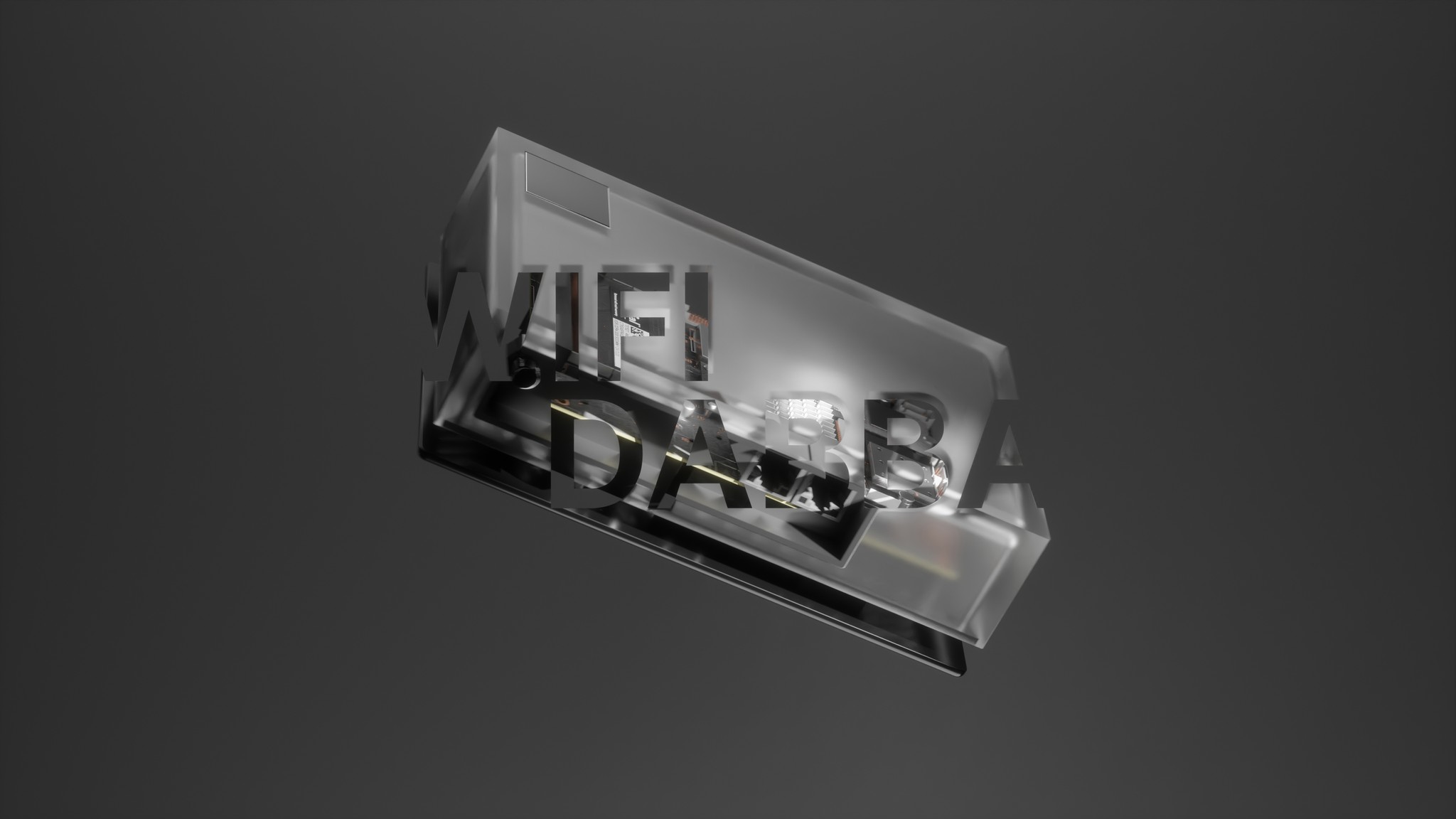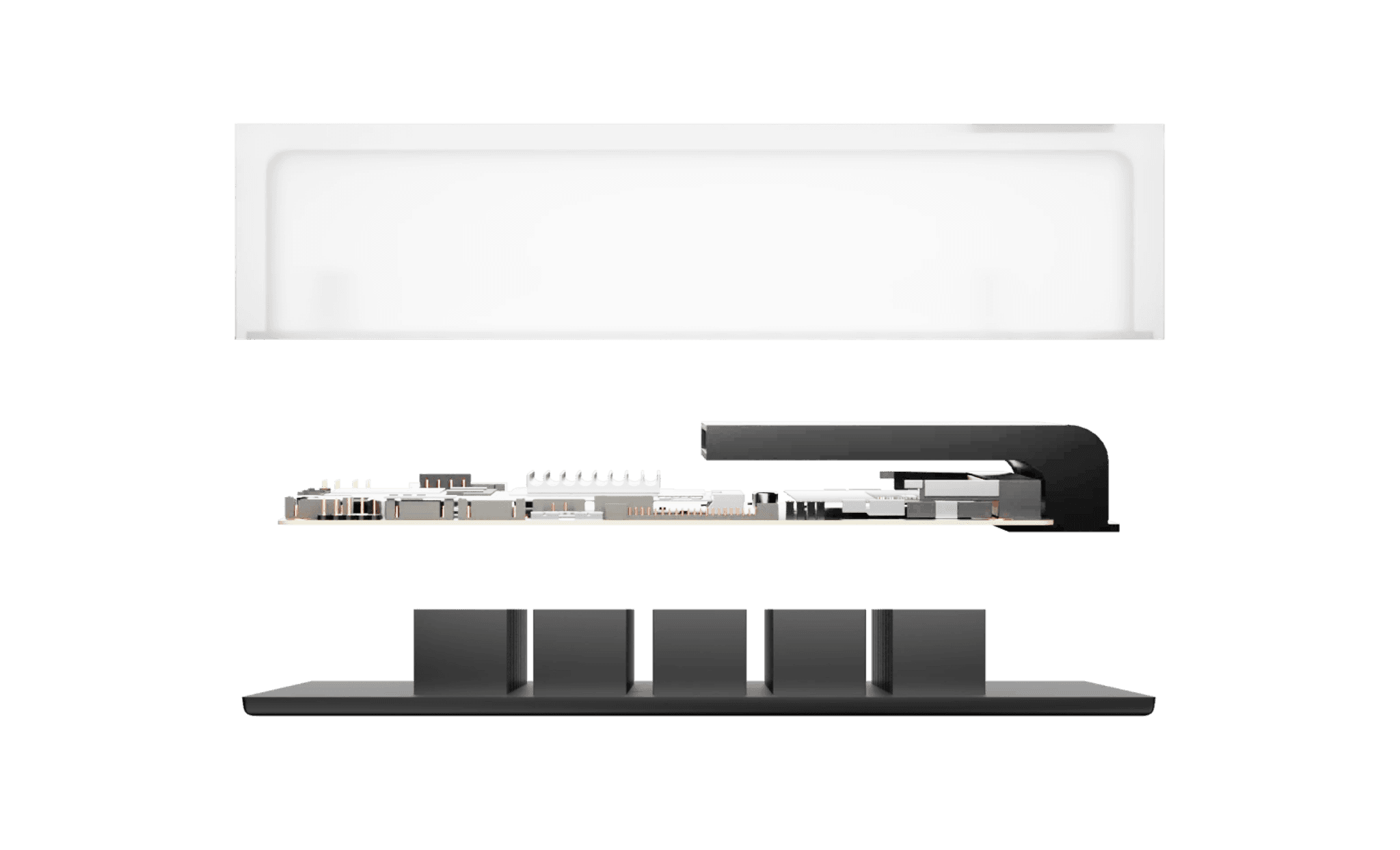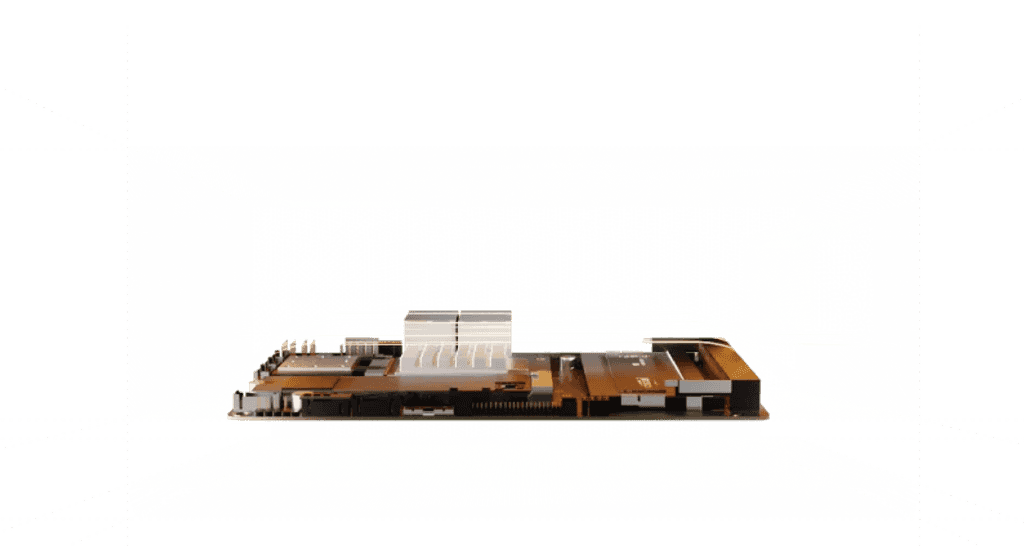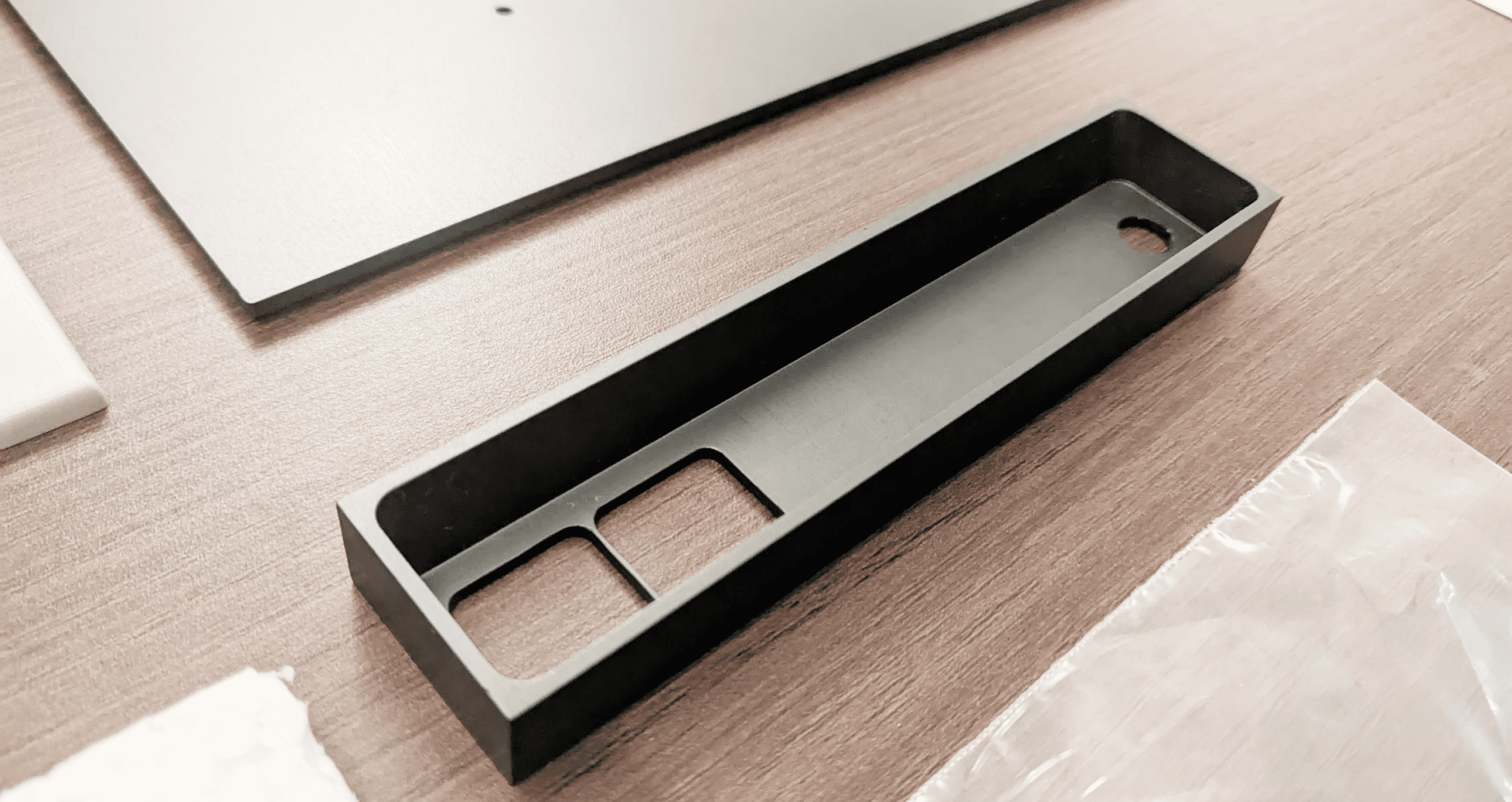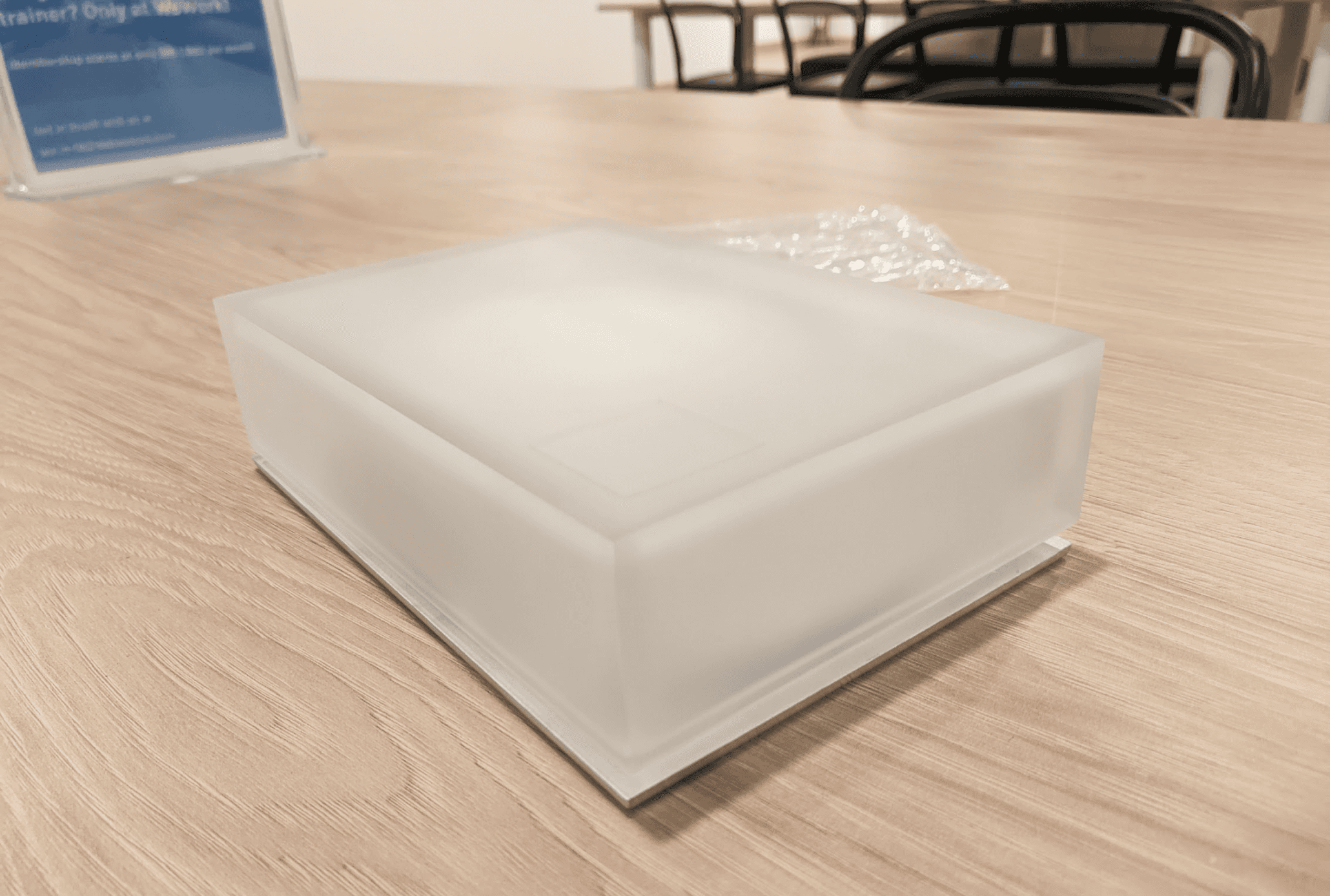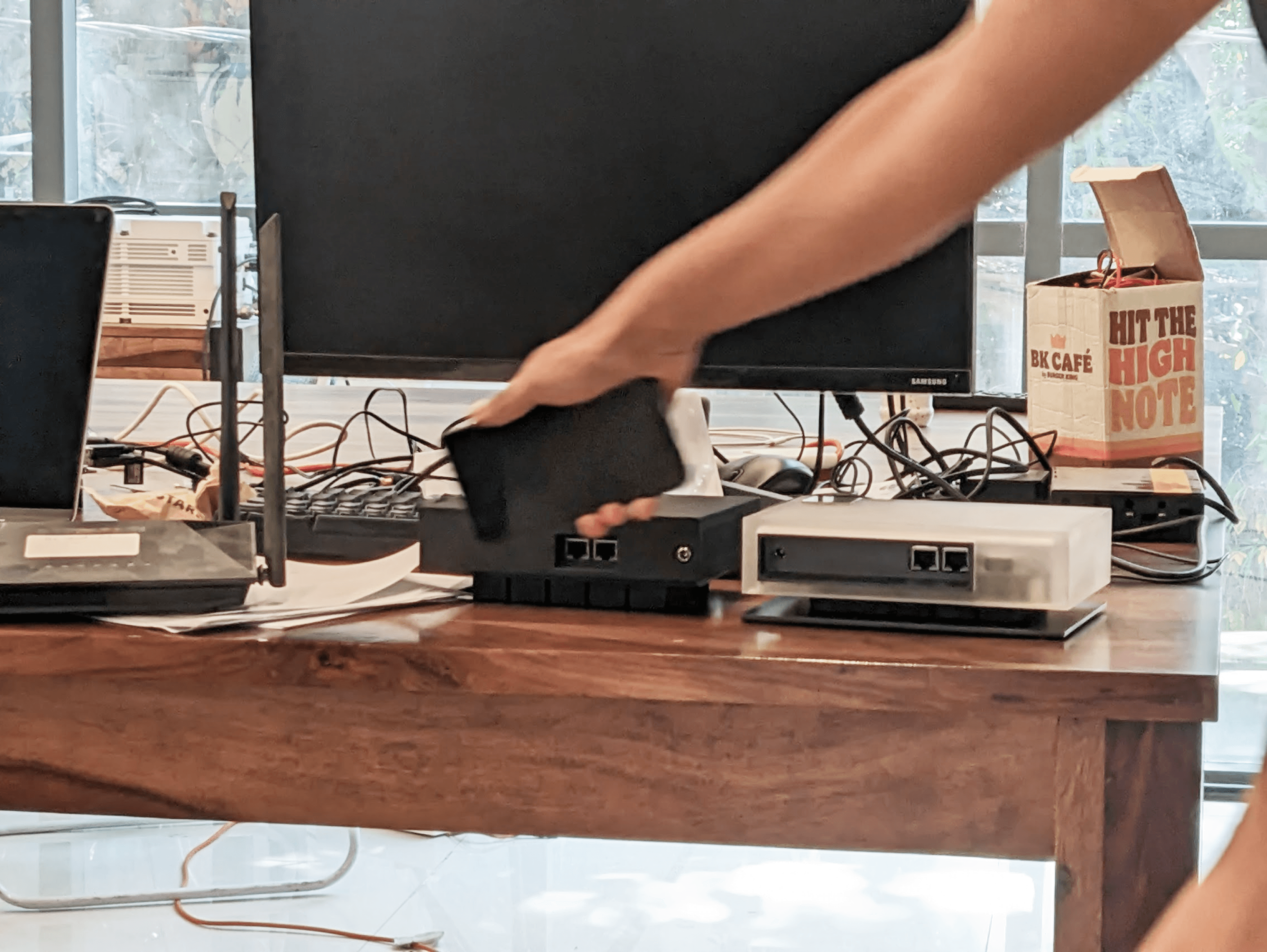Wifi Dabba
Jan 2023—June 2023
About
Wifi Dabba, is a company that makes hardware for the decentralized internet. Dabba has plans to build low–cost, scalable and distributed WiFi infrastructure to bring the next billion users online in India. Each router deployed functions as a Helium node, creating a mesh network, allowing users to passively earn income from owning the device.
Work
We had the chance to collaborate with Wifi Dabba in January of 2023, initially to help create conceptual sketches to help position the flagship device in the premium router market.
Our engagement soon expanded, to setting the industrial design language and developing the first edition of the Dabba Pro router.
Teaser.
Positioning
Early Concepts
The fully assembled Dabba Pro, test shots.
Design for a New Category
Since the hardware for the Dabba was already set for development, we worked our design around it.
The Dabba was unique in two ways: First, being a router, electromagnetic interference from the design and material choice was a concern. Second, the Dabba was far more powerful than a standard router, making overheating a real concern.
We chose transparent acrylic to minimise signal attenuation while still allowing us to retain the ethereal feel that we were aiming for.
The base plate and face plate were made from CNC machined aluminium, and were connected to the CPU heatsink for passive heat dissipation.
Marketing shots.
CMF
The acrylic shell of the Dabba Pro was beadblasted to make the design feel less harshly defined. From the outside, you can only see a hint of what the contents were but never be able to distinguish individual components.
A type III anodized baseplate helped us achieve the finish we sought out and protected the baseplate.
Vents along the bottom of the Dabba for ventilation.
The integrated heatsink we adapted to allow heat to dissipate better from the Dabba.
Challenges
The first edition of the Dabba was built atop an enterprise board that required us to work around several hardware limitations in our design. These included designing around the I/O that could not be desoldered or modified while still retaining a clean exterior.
The enclosure houses five omnidirectional antennae, each placed a precise distance from one another, to optimize signal strength. We reduced attenuation by positioning the antennae on a shelf instead of over the PCB itself.
We also had to ensure there was excellent ventilation, and ensure the processor received a constant supply of fresh air to prevent overheating. Fans and channels were constructed to ensure constant negative pressure within, allowing there to always be a flow of cool air over the components.
Air channels along the inside ensuring that the processor is always adequately cooled.
Early samples of the anodization process from vendors.
Early acrylic samples of the design.
First dry fit of the Dabba.
